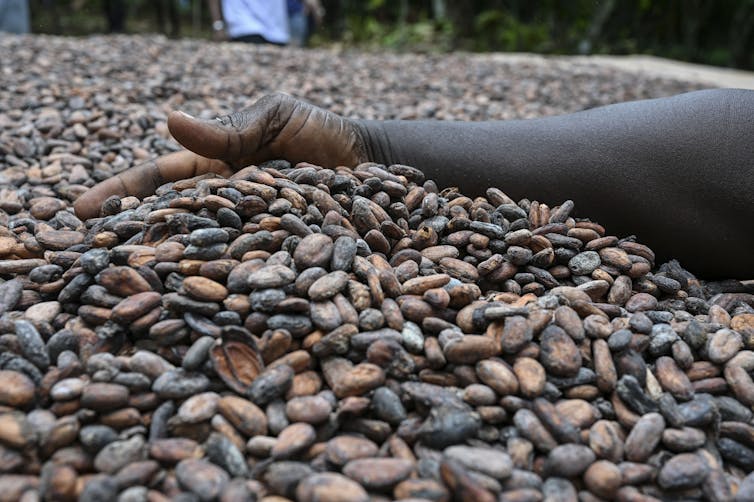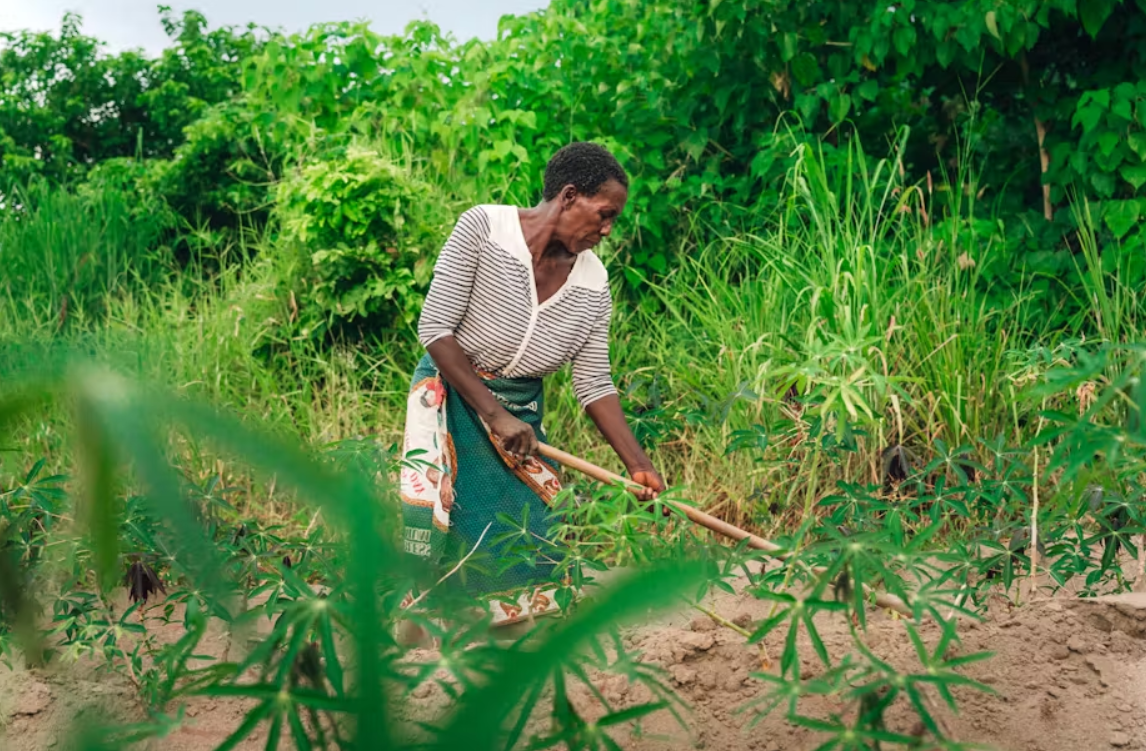
Nikada
By Laura Vang Rasmussen, University of Copenhagen; Hanson Nyantakyi-Frimpong, University of Denver; Ingo Grass, University of Hohenheim; Marney Isaac, University of Toronto, and Rachel Bezner Kerr, Cornell University
Farming just one kind of crop in a field at a time, and using a lot of chemicals, poses a risk to both people and nature. This simplified intensive agriculture often goes hand in hand with increased greenhouse gas emissions, land and water degradation, and loss of biodiversity.
There’s another way to farm: increasing the number of crop and livestock species. This is biologically diversified agriculture.
Growing more than just a single crop year after year is one way to diversify. Farmers might rotate between corn one year, then pigeon peas intercropped with peanuts the second year, and beans the third year. They can also plant trees, or cover crops such as peas or grasses to avoid leaving the soil bare after harvest and risking erosion.
We wanted to understand what kinds of diversification strategies are being used and whether they are working. So, using data from 2,655 farms across 11 countries and covering five continents, we combined qualitative methods and statistical models to dive into 24 different datasets. Each of the datasets studied farm sites with varying levels of diversification, including farms without any diversification practices. This allowed us to assess the effects of applying more diversification strategies.
We found that farmers can achieve more environmental and social benefits if they use several diversification strategies together rather than just one at a time. Having looked at multiple different contexts – including mixed maize in Malawi and cocoa agroforestry in Ghana – we can say that diversified agriculture is a promising avenue to bring about more sustainable food production.
Benefits in Africa?
Smallholder farmers in the datasets from Malawi are integrating livestock, legumes and fruit trees into their maize production. Livestock can provide nutrients and organic matter for the maize and legumes; this, in turn, can improve smallholders’ food security and well-being. Improved soil fertility has positive effects on biodiversity.
Having trees such as papaya and mango on the farms offers multiple benefits. For example, they provide micronutrient-rich fruits. Trees can also generate extra income when fruits or other products are sold at the market. This income provides smallholders with purchasing power for other foods. And trees can improve soils, supporting production of the main crop. Trees on smallholders’ farms in Malawi also attract more bees, which are key pollinators.
In Ghana, smallholders from the datasets are integrating shade trees when producing cocoa. This strategy improves nutrient cycling and carbon sequestration. Farmers often note a reduction in input costs when integrating shade trees, as well as a new source of income from fruit or timber shade trees. This also has beneficial effects on community cohesion: farmers support each other through communal labour efforts to establish and maintain diversified farms.
In our paper, we also discuss many other diversification strategies. Previous studies have tended to assess specific strategies individually.
Barriers
Transitions to diversified farming systems in Africa will require financial support. But this can be done. In our study we saw how farmers in Ghana overcame the financial barriers to hiring labour by using reciprocal labour exchanges. And in Malawi, a non-profit organisation provided training and diversified seeds to farmers. They had to “pay it back” the following year so that other farmers could receive the seed.
Starting to diversify might be costly at first and need labour. Results may take time. These barriers might prevent farmers from trying diversification strategies unless they get financial support.
A new way of thinking is needed too. Development initiatives have long promoted simplified cropping and increased input use rather than diversified farming practices. In Ghana the government’s food security initiatives have historically focused on agricultural modernisation. A prime example is the Planting for Food and Jobs initiative. It promotes simplified farming through large-scale, mechanised monocultures. Such initiatives tend to overlook the grassroots work done by NGOs and farmers through farmer-to-farmer training.
The unfortunate result is that current policies have tended to lock in simplified, conventional farming rather than enable transitions to diversified farming.
A path towards diversified farming
Important lessons can be learned from areas where communities have found ways past the barriers.

Issouf Sanogo/AFP
In Malawi and Ghana, farmers’ collective actions through social networks have made it easier to get the resources needed for a transition to diversified agriculture, including knowledge, land, seeds, equipment, processing infrastructure and markets. Specifically, farmer networks have allowed for farmer-to-farmer experimentation, teaching and sharing.
The result is that farmers prefer a diversified approach, including livestock integration, use of compost and other soil health innovations, trees on farms, and the cultivation of multiple crops.![]()
Laura Vang Rasmussen, Associate Professor, University of Copenhagen; Hanson Nyantakyi-Frimpong, Associate Professor, University of Denver; Ingo Grass, Professor, Department of Ecology of Tropical Agricultural Systems, University of Hohenheim; Marney Isaac, Professor, University of Toronto, and Rachel Bezner Kerr, Professor, Global Development, Cornell University
This article is republished from The Conversation under a Creative Commons license. Read the original article.









